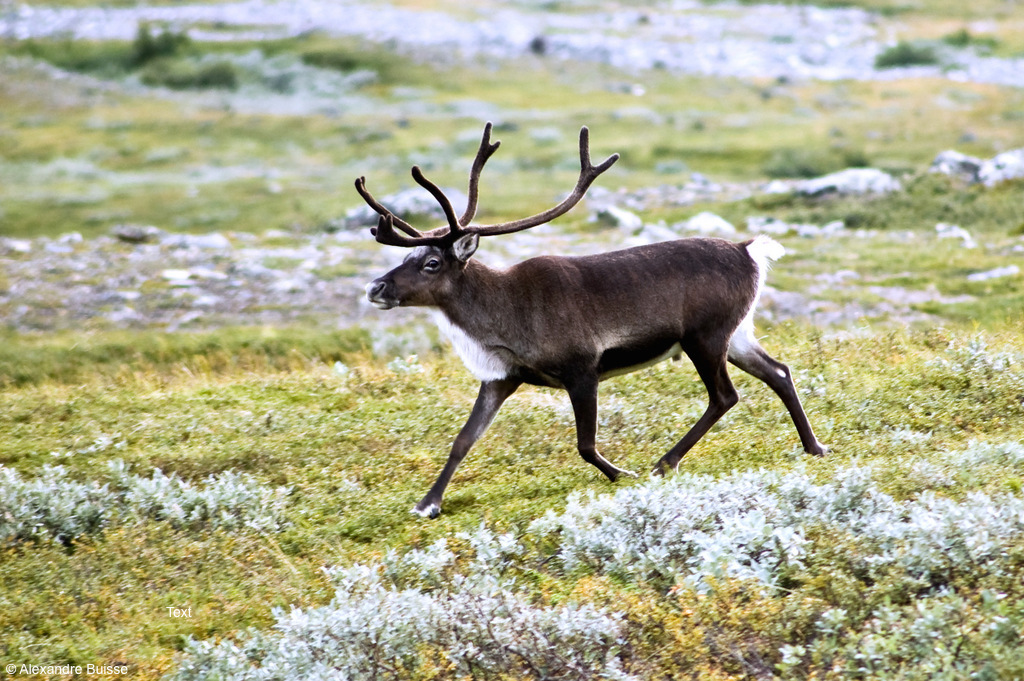At temperatures across the Arctic warm, thawing permafrost has the potential to release the powerful greenhouse gas methane into the atmosphere (thus promoting further climate warming). Thawing permafrost is also damaging infrastructure such as roads and buildings constructed on top of it.

However as the permafrost melts, it also has the potential to release pathogens that have been frozen and dormant inside it for decades and e ben centuries years back into the environment. As a recent outbreak of anthrax among reindeer herds in the Yamal Peninsula in Russia has shown, this concern has become a reality.
With July 2016 being one of the warmest on record for the Yamal Peninsula in Russia, permafrost has melted to the point of unearthing a 70-year-old cattle burial ground. The pathogen these cattle died of - anthrax - has unfortunately come back to life. It is estimated that some 1,200 reindeer died during July due to the disease and the July heatwave, according to the Siberian Times.
The anthrax has also contaminated many of those in close contact with the infected reindeer - the reindeer herders living in the region. The disease has already killed one child and has sent 115 others to the hospital, according to the latest tallies from the Independent Barents Observer.
Researchers at Russia’s Academy of Sciences say that due to the high amount of ice the in the rock and soil of the region, anthrax spores contained in old cattle burial grounds in the Yamal Peninsula are able to come to the surface quickly.
As a precaution, authorities in the region have placed a ban an hunting animals, in case they may have also become contaminated with anthrax.
As there as thousands of cattle burial grounds in the area, scientists fear that the current anthrax outbreak may only be the beginning as permafrost continues to thaw. The DNA of the smallpox virus - which has thought to have been eradicated since 1979 - has been found in region as well.
